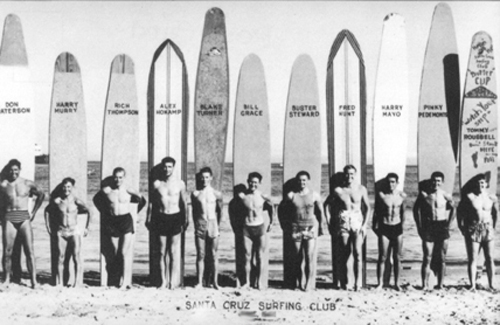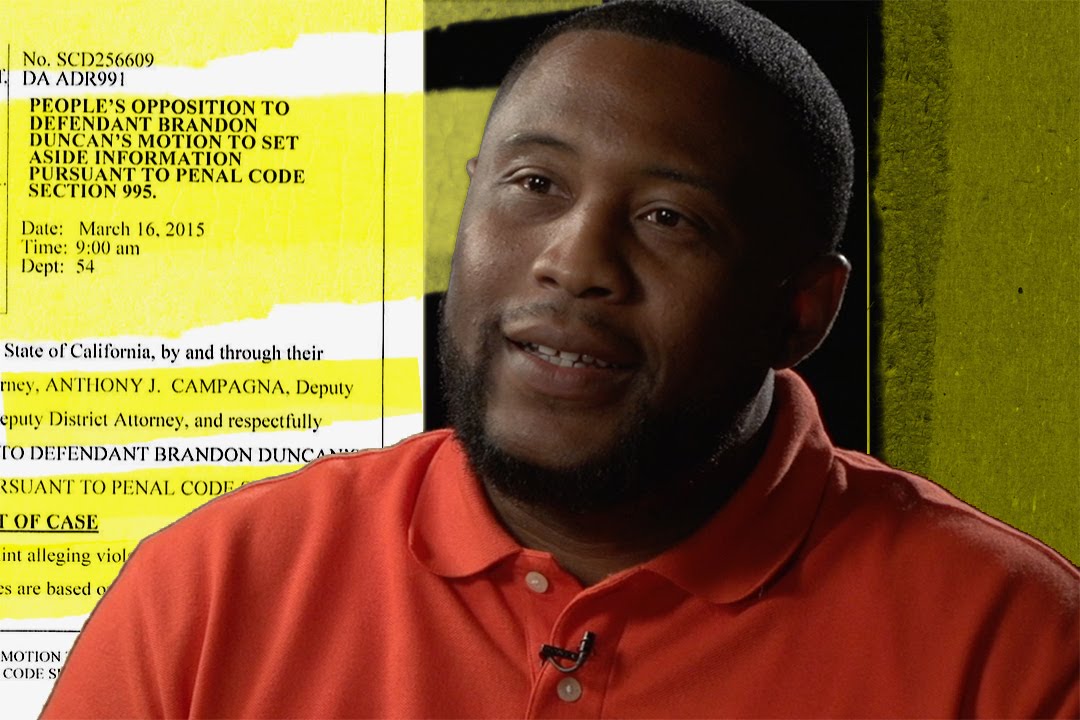
During the 1970s, the Bronx was bathed in blood. Gangs could be found on every street corner, and death by gunshot was an every day occurrence. Skip back to 1963, when Jewish, Irish, and other various ethnicities still populated the Bronx. The streets were filled with protesters and progressives- people trying to reform their home for the better. Then came the death of John F. Kennedy, Martin Luther King, and Malcolm X. It seemed as if all heroes were being killed off, bringing a clear sense of hopelessness and defeat for the African American community. While the economy of New York overcame the state of desperation and bankruptcy after the building of the World Trade Center in 1970, the Bronx was another story. In just 10 years, almost every building was set of fire and torn down. The number of homicides in the Bronx quadrupled, and drug crime was the major income. Heroine became the popular recreational drug, and corrupt cops and government workers were often doing the selling. Street gangs were formed originally to rebuild a sense of hope and companionship in this state of madness. Gangs were like families, and the fellow members of a gang were people one could truly rely on. At least—until these street gangs turned against each other. In the words of one civilian in the Bronx in the 1970s, “There was nothing to look forward to… We lived and died for each other. Whether it is right or wrong, it doesn’t matter.” Gangs were not completely disorganized, however. Most street gangs had a President, Vice President, War Lord (declared or ended a gang war), and a Gustapo (inflicted punishments on gang members). Under a different form of rules and regulations, The Ghetto Brothers were founded by Benjy Melendez in the late 1960s. They emerged from a Puerto Rican Socialist party, and became both a gang and a music band. They did not use guns, they wore denim jackets with “Ghetto Brothers” sewn on the back, and they claimed that they were all trained in the martial arts. The Ghetto Brothers were truly one of a kind. What made the Ghetto Brothers most unique was their band. Every Friday, the Ghetto Brothers would play music on the streets with the goal of promoting a message of peace. The streets were filled with people dancing, smiling, and interacting. In fact, Gangs only interacted when the Ghetto Brothers played their music. It seemed to give people a sense of self-worth– which was hard to find in the Bronx. An ambassador for the gang, “Black Benjy”, was an ex-junkie and drug counselor. He promoted the concept that “We are in the ghetto because we created the ghetto.” His point was proven when he was shot and killed during one of their street concerts on December 8th, 1971, when he was trying to prevent another gang from starting some violence. Anyone who ever knew Black Benjy was horrified. Rather than seeking ‘revenge’ and reacting violently, however, the Ghetto Brothers proposed a peace treaty with other gangs in the South Bronx. Setting the first example for non-violence in the South Bronx, the Ghetto Brothers shocked the whole community. After this peace treaty was made, there was a noticeable difference in the Bronx. Street violence came to a dramatic halt, and gang members continued to go to the Ghetto Brothers concerts. Rather than fighting through guns, gang members began to have dance-offs. The impressive dance moves that evolved at the street concerts were a new form of intimidation. Music and dancing gave community members the realization that they can do more than fight. They could impress others through something beautiful. Black Benjy’s death and the consequent peace treaty was the catapult for a movement that replaced violence with art. In conclusion, it took the death of a hero to bring dancing, music, and peace back to the Bronx.







